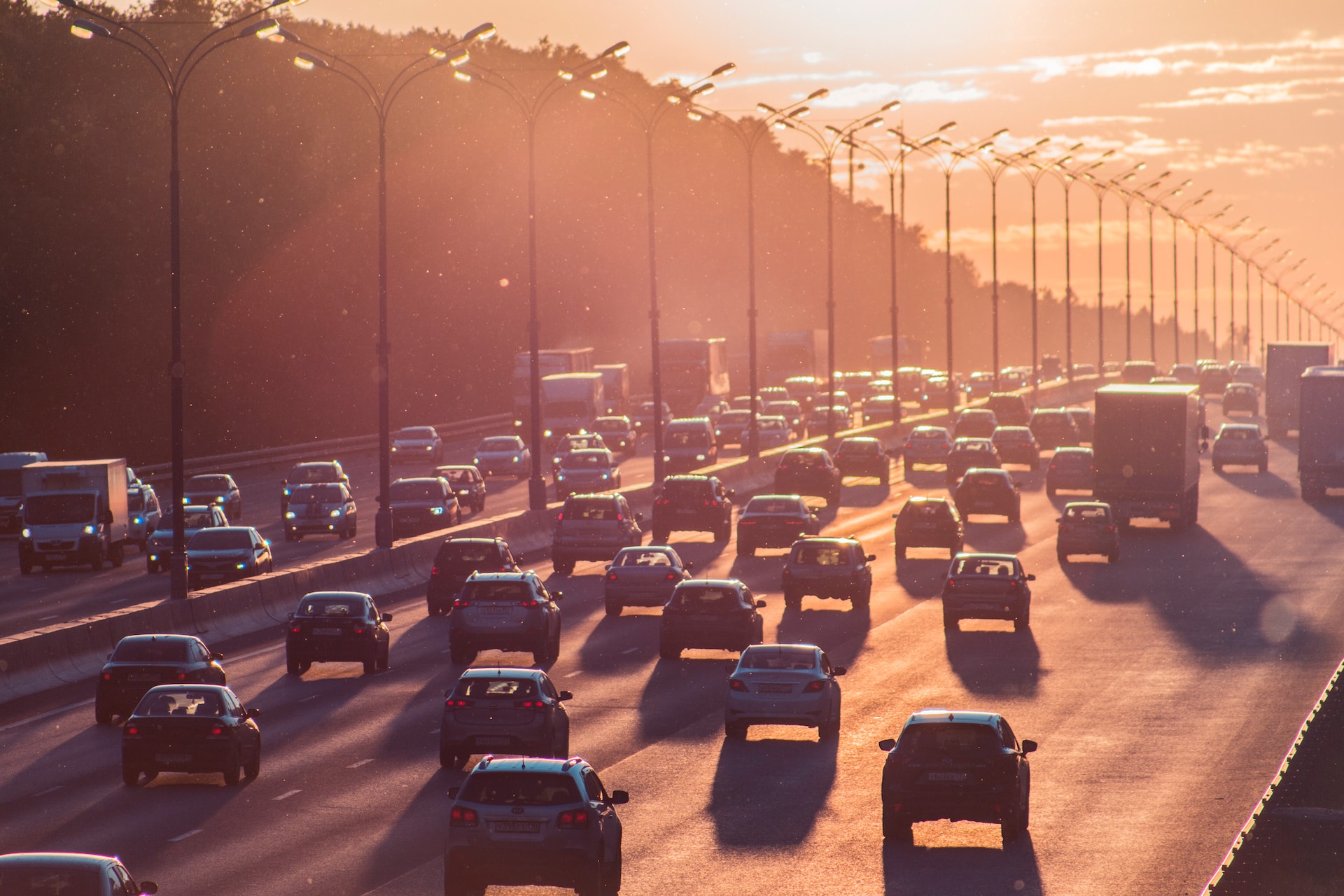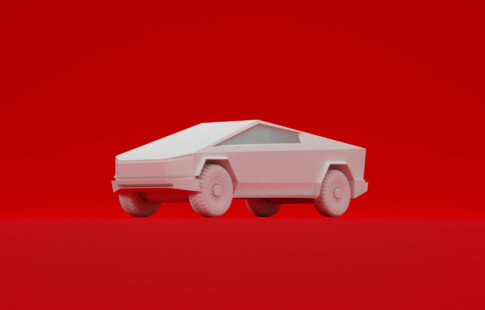
Flying vs. Driving: An Environmental Impact Comparison
We are reader-supported. When you buy through links on our site, we may earn affiliate commission.
Should you board an airplane or hop in your car for your upcoming trip? Choosing whether to fly or drive can be tricky when you don’t know all of the hidden details. If you want to know the true impact of your chosen mode of transportation, you have to dig deep. Here’s a flying vs. driving environmental impact comparison.
How Does Transportation Impact the Planet?
Transportation impacts the planet because it produces inconceivable amounts of greenhouse gasses. In fact, it’s the largest emitter in the United States — it does more damage to the environment than the industry, commercial, or residential sectors. Even globally, it remains one of the top contributors to climate change.
Since 95% of all the transportation power in the world comes from fossil fuels, all of this moving around everyone does contributes significantly toward climate change. There are exceptions to the rule, but they only count for a measly 5% of the total. Battery power and eco-friendly alternative fuels are growing more popular for both aircraft and cars, but they’re not mainstream.
The transportation industry makes up around one-third of greenhouse gas emissions in the country. Regular passenger vehicles counted toward nearly 60% of the total, while 8% comes from aircraft. These numbers might seem like the flying vs. driving environmental impact comparison is clear-cut, but it’s more complex than that.
What Is the True Environmental Impact of Flying?
The true environmental impact of flying is worse than most people realize. Greenhouse gas emissions from airlines increased by nearly 30% from 2013 to 2018. Although it dropped briefly due to the COVID-19 pandemic, the aviation industry returned in full swing. The number of international flights even doubled from 2021 to 2022, surpassing pre-pandemic levels.
Even though aviation doesn’t technically have as big of an impact as passenger vehicles, it’s mostly because of volume. Of course, the statistics will be skewed when way more people use cars and drive more often than they fly. Also, you have to consider how the actual act of flying impacts the environment.
When aircraft fly between 16,500 and 46,000 feet, they alter the planet’s global radiation balance. Their condensation creates clouds and changes the solar energy level in the atmosphere — potentially contributing to climate change. Unsurprisingly, airlines don’t win this round of the flying vs. driving environmental impact comparison.
What Is the True Environmental Impact of Driving?
The true environmental impact of a long drive is challenging to measure accurately, but experts definitely know it’s substantial. For the sake of the argument, we won’t consider medium or heavy-duty vehicles in our analysis — few people take a semi-truck to their next vacation destination. After all, a flying vs. driving environmental impact comparison has to be relevant.

How environmentally friendly your vehicle is depends entirely on its size, type, and age. For example, the RAM 1500 TRX 4×4 spits out 16 tons of greenhouse gasses annually and only gets 10 miles per gallon. On the other hand, the Nissan LEAF is a hybrid and gets over 110 miles per gallon. What you drive makes a massive difference in your true impact.
For the most part, electric vehicles are much more eco-friendly and have very minor environmental effects. They don’t emit any tailpipe carbon emissions, so they’re far better for the planet than most gas vehicles. You can even recharge them with solar panels if you have the equipment. Battery-powered cars are the way to go when you’re on a road trip.
Which Mode of Transportation Is Better?
It’s challenging to directly compare two vastly different transportation methods and decide which is better. However, we’ll still give you a definitive answer for the sake of fairness. Although adjusting for volume and including every variable would be too complex, we can break things down by fuel consumption and greenhouse gas emission rate.
While one gallon of gas produces 19.37 pounds of carbon dioxide, one gallon of jet fuel produces 21.50 pounds. Right off the bat, flying is slightly worse than driving. However, we can take a closer look before we confirm our suspicions. How many gallons does each mode of transportation use in a single trip?
To make it easy, we’ll use a Boeing 747. It uses one gallon of fuel per second while it’s in the air, amounting to about five gallons every mile. On the other hand, the average gas mileage for passenger vehicles is over 25 miles per gallon. Effectively, cars can go farther and produce fewer carbon emissions than planes with the same amount of fuel.
Should You Choose to Fly or Drive?
If you need to choose, you should lean toward driving. Even though flying technically has a smaller environmental impact on paper, passenger vehicles can be much better. It’s somewhat like comparing apples to oranges, but you get the idea. Using electric cars, carpooling with others, or riding on public transportation is especially good for the planet.
Although cars seem to be better than planes when you look at the emissions by volume, it’s sometimes still a good idea to fly. It’s great for longer trips since a car’s indirect greenhouse gas emissions can quickly add up. If you’re traveling a great distance, you should choose to ride on a plane instead of driving across the country.
To figure out which you’ll choose, consider how eco-friendly your vehicle is and the distance of your trip. Think of it like a sliding scale, where flying becomes a better option as the miles get higher and the eco-friendly rating of your car gets lower. Since you know the true flying vs. driving environmental impact, which will you pick for your next trip?
Pick What You Think Works Best
You shouldn’t feel too concerned about how flying vs. driving impacts the planet. Although it’s great to be knowledgeable so you can make informed choices, there are so many minor variables that could tip the scale. As long as you think carefully about your decision, it’s okay if your mode of transportation ends up being slightly less eco-friendly than the alternative.
Share on
Like what you read? Join other Environment.co readers!
Get the latest updates on our planet by subscribing to the Environment.co newsletter!
About the author
Steve Russell
Steve is the Managing Editor of Environment.co and regularly contributes articles related to wildlife, biodiversity, and recycling. His passions include wildlife photography and bird watching.





